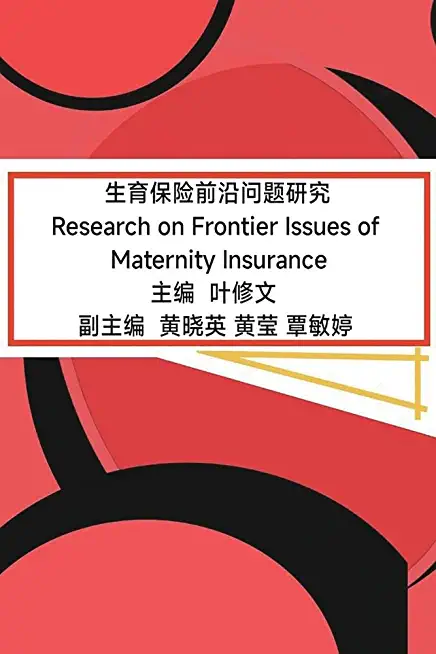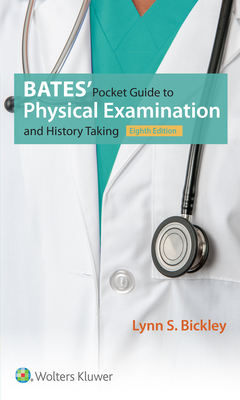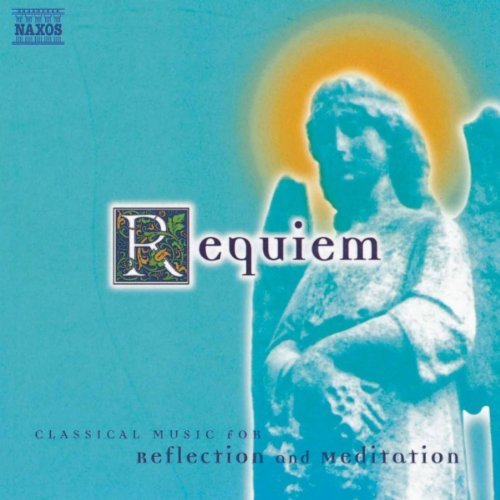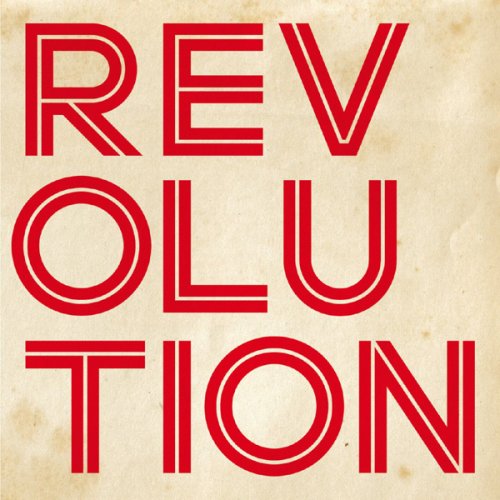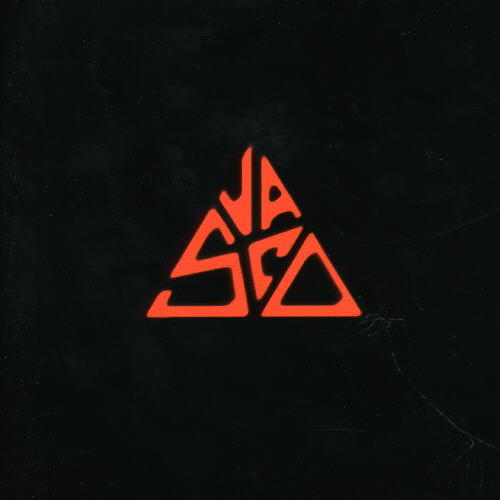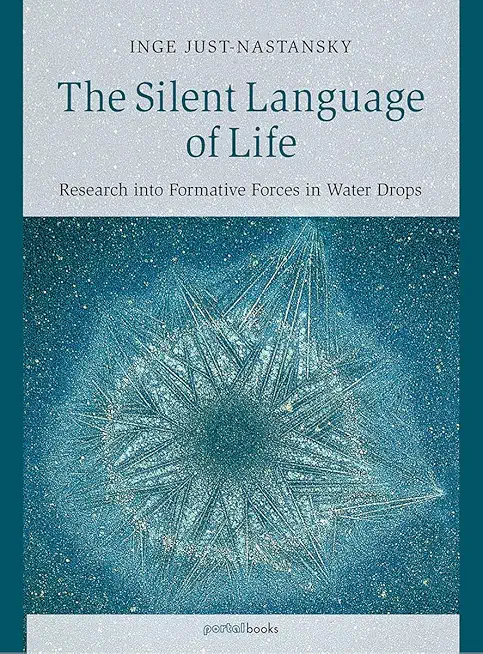
Just-Nastansky, Inge
The water drop--that small, transparent vessel--leaves behind remarkable structures after drying, structures in which its "experiences" are imprinted. Salt, minerals, gemstones, and plant organs--such as roots, stems, fruits, and seeds--are submerged in water for weeks or months. At regular intervals, samples are taken and dripped onto a microscope slide. After drying, characteristic and reproducible images of astounding harmony and beauty appear through the microscope. The variety of forms seems inexhaustible. We encounter in the phenomena under the microscope a language of images which in its lawfulness expresses another level of nature's reality. The understanding of this creative world of life that lies behind the world of appearance develops through a living feeling and understanding of what is given as an active impulse in the images. "The silent language of life" is therefore inaccessible to a logical, abstract approach.
Body fluids (tears, saliva, cerebrospinal fluid, blood, and serum) are also a subject of research here. We perceive permanent structures with a saltlike character in the region of the nerve-sense system, whereas in the images of blood, we see ever-changing transformations under varying conditions. The necessary condition for everything that comes into existence is water as a mediator between idea and substance. All life processes originate in water.
"The work of Inge Just-Nastansky joins the ranks of the so-called 'image-creating methods' that have emerged in anthroposophical natural science. One thinks of the pioneer Lili Kolisko, who studied the coming to rest of liquids in rising images. For example, at full moon and at new moon radically different rising patterns of the silver salt solution are formed. Inge Just-Nastansky also shows the polarity of the droplet image at full moon and new moon. Macroscopy brings balance to microscopy." -- Armin Husemann, MDThis book was originally published in German as Die stille Sprache des Lebens: Bildekräfteforschung im Wassertropfen (SchneiderEditionen, Stuttgart, 2018).

